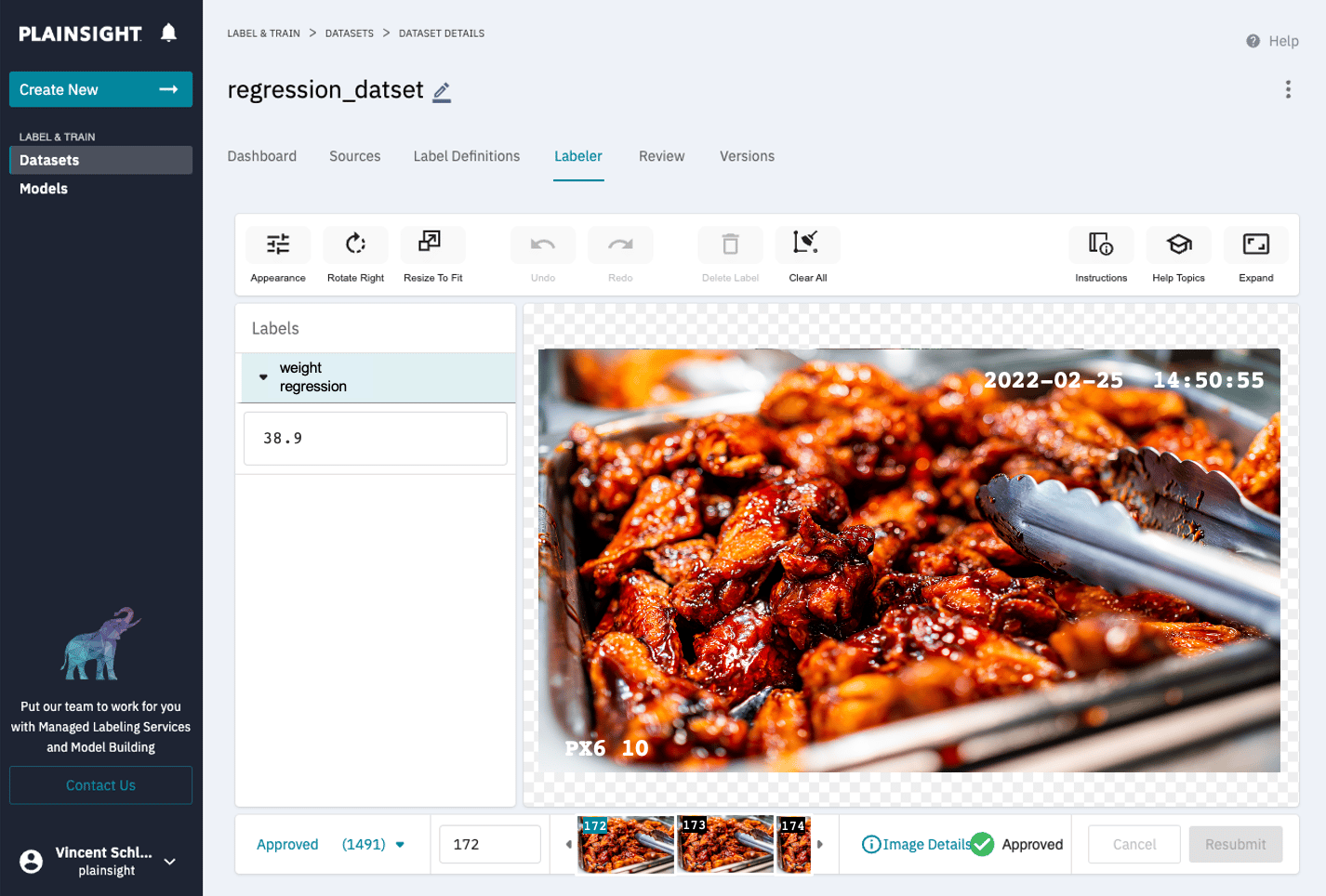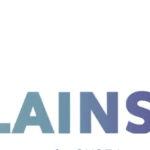In addition to making new investments and setting new goals to take advantage of AI-powered solutions, enterprises are also engaged in a process of defining new mindsets. It is clear that organizations recognize the immense potential of emerging solutions, but often lack both the resources and dependable processes to make good on their ambitions.
Forrester Report: What Does “AI-First” Look Like
A new report from Forrester examines the current state of AI enablement in enterprises and offers suggestions for delivering “transformative AI-based experiences for customers and employees” more dependably. Success, the report suggests, depends on building the framework necessary to facilitate a mindset shift.
By the report’s definition, adopting an AI-first mindset begins with recognizing the broad meaning of data management and governance. Organizations are constantly generating a wealth of structured and unstructured visual data, but often use their solutions for little more than collecting and centralizing it. Enterprises with true AI-first strategies devote resources to ensuring the full data management lifecycle is aligned to support their specific use cases. Forrester suggests developing the appropriate AI-based strategies and seeing transformative results depends on foundation of three key priorities:
- Update practices to emphasize integration and delivery. Adopting the right mindset for AI success requires both bringing the full business together and seeing the full picture of AI capabilities, looking beyond deployment to emphasize continual growth and innovation.
- Embrace internal and external partners. Evolving, scaling, and meeting more ambitious goals means fostering a sense of collaboration and experimentation. Internally, this could involve bringing data scientists and engineers into closer contact with other business units. Externally, it may involve inviting software or service providers to lend extra support.
- Look beyond the database with your platforms. Adding structure to data and collecting it in one place is a good start, but enterprises risk setting artificial limits when they view consolidation as a goal in itself. Forward-thinking enterprises need to invest in real-time solutions that integrate data and machine learning models into their broader solution architecture.
How We See It: The Solution-Centric Strategy
Forrester offers useful recommendations. When “AI-first” comes to mean AI-only, however, enterprises can run into common obstacles associated with unrealistic expectations and misaligned resources.
Projects often fail when the focus is placed on technology alone instead of holistic business solutions. AI is just one tool in an enterprise’s toolbox and every solution needs the right resources to support its success. It’s rare for AI to prove the only tool necessary for creating a solution to address a business need. In instances where AI is used, enterprises need the right infrastructure and processes for ingesting, building, iterating, and managing their specific data. Organizations can build on the foundation Forrester proposes by taking a solution-centric mindset.
Keys to a Solution-Centric Strategy for Computer Vision
A solution-centric mindset is one of the ways Plainsight helps customers overcome common challenges and effectively implement computer vision solutions designed to stand the test of time. Below are additional best practices to help enterprises avoid common pitfalls and see results with vision AI-specific solutions.
Understand the full range of potential solutions: Too often, AI is treated like a monolith. In reality, the tools and processes necessary for certain types of AI, such as computer vision, are different from what’s used for traditional alphanumeric machine learning. Computer vision often deals with much larger datasets and it’s uniquely important to see the model’s performance and the quality of the data flowing in and out. Organizations often run into trouble trying to shoehorn computer vision into a more traditional AI pipeline. Recognizing when not to use computer vision is often as important as knowing when and how it should be deployed. A complete understanding of potential solutions for each use case at hand improves an enterprise’s chances of finding the appropriate combination of AI and other resources.
Put an emphasis on data quality and understanding: AI solutions require a wealth of relevant, accurately annotated data to perform effectively. Robust data discovery toolsets in addition to data management policies help to ensure a deeper understanding of large visual datasets and better data quality while addressing security, regulatory, or privacy concerns. Reaching an appropriate level of understanding is more challenging for visual data than for datasets composed of structured, alphanumeric data. Hard work pays off, however, when it becomes easier to quickly build proof of concepts in which you feel confident. While machine learning engineers often prefer a model-centric approach, a thorough understanding of the available data is a prerequisite for sustained success in computer vision.
Execute dynamically and plan for ongoing oversight: Unlike traditional software code, the efficacy of computer vision models can change over time. Effectively monitoring models in the long term requires a combination of an understanding of the business case, technical expertise, and a toolset to enable both automated and manual data monitoring. The proof of concept stage of any computer vision initiative should focus on not only proving the viability of the model itself, but also planning for long-term growth as the productionalized solution will continuously and dynamically improve and evolve with new data and ongoing oversight. This requires a full understanding of the test dataset as well as the data your model will encounter in a production setting.
Build trust with responsible AI as a first principle: Issues like bias and inaccurate models impact the quality of model inferences and make it less likely that stakeholders will trust solutions to do their job. Close attention to versioning every aspect of the pipeline, clear definitions of model success throughout the training and testing processes, and an emphasis on transparency and traceability can all help to avoid issues later on. Stakeholders should each have a rigorous understanding of their use cases, the models designed to address them, and the balance of their datasets.
Learn More in IDC’s New Market Note
IDC describes some of the ways Plainsight has set itself apart as a leader in successful enterprise computer vision and surveys the computer vision landscape as a whole in a new Market Note, A Customer Focus Makes for Computer Vision Success. Check it out for more details on how a solution-centric and customer-focused approach to computer vision makes a difference.
The Solution-Centric Mindset in Practice
Plainsight’s recent engagement with a large North American fast casual dining chain provides a case study in the value of a solution-centric mindset. Together, Plainsight, the restaurant, and partner organizations deployed a computer vision solution capable of accurately calculating the weight of popular entrees to ensure buffet-style dishes are always available and avoid delays. At every stage, Plainsight’s experts followed a solution-centric mindset:

Understand the full range of potential solutions: Rather than jumping straight to vision AI, the Plainsight team first researched what solutions the restaurant had already tried and what additional data may be available. The restaurant had installed weight sensors in one location for measuring the quantity of popular dishes in real time and determined that they weren’t a suitable solution for a production setting. In a busy restaurant, scales simply didn’t provide the necessary level of accuracy and reliability needed. However, the weight data could be used as ground truth for training a vision model to determine the amount of food remaining in containers using cameras. Our thorough exploration of the range of potential solutions confirmed that the traditional weight data the restaurant had already collected would provide a useful ‘ground truth’ training dataset. It ultimately helped us to rapidly train and deploy a model capable of exceeding the restaurant’s accuracy goals.
Put an emphasis on data quality and understanding: In order to train a vision model that could determine how much of an entree was remaining in each container, high-quality data needed to be created in a few different dimensions. First, the location and angle of the cameras had to work in the real-world operation of the restaurant. Things like sneeze guards occluding camera views and staff workflows all needed to be considered when determining where cameras should go. Once the cameras were installed, there were large periods of time where the amount of food in the containers didn’t change. In order to get the large data diversity that was needed for the dataset and avoid the need to sort through many hours of video manually, the weight sensor data was aligned with the video data and then the video was sampled when there were changes in the weight sensor. This created a dataset where there was a high diversity of weight changes which helped to ensure that the data balance and model performance were optimized efficiently for the use case.
Execute dynamically and plan for ongoing oversight: In a POC phase it is important to not only validate that a model will be accurate but also that a scaled version of the entire solution will work in a real-world setting. This solution needed to be able to scale to thousands of restaurants so the Plainsight team took the approach of training a regression model. This means that once the model was trained, the weight sensors were no longer needed and the solution only needed cameras to work effectively. This made the solution viable from a cost perspective by eliminating the need to purchase, install, and maintain thousands of weight sensors.
Build trust with responsible AI as a first principle: Throughout the proof of concept and building stages, we saved and versioned every dataset, model, and data processing pipeline. As part of our emphasis on transparency, we reported on the specific data used to train the model, the balance of imagery in the dataset, our observations on the dataset’s potential shortcomings, and our plan for building a more robust dataset over time.
Take a Solution-Centric Approach
Plainsight supports enterprises with software and services aimed at elevating the role of vision AI and enabling organizations to make productionalized, responsible computer vision a reality. Schedule a conversation with our team today to discuss your organization’s goals and the ways Plainsight may be able to help.
Partnering with the leader in proven vision AI could mean seeing the value of your data sooner and seeing the future before your competitors. Schedule a conversation with Plainsight today.





